Physical characteristics
Rosette forming perennial reaching 25-30cm tall and 30cm wide.
Flowers and foliage
Small rosette forming perennial producing numerous stems of whorls of small flowers ranging from
Preferred site
Prim
Preparation for planting
Prim
Bedding
Maintenance tips
This plant has moderate feeding requirements. If in beds a soluble multi-feed used every six weeks is adequate. Monthly feeding is preferable if in containers or hanging baskets. This feeding will ensure prolific blooming and healthy strong
Bedding
Ecological and biodiversity benefits
It is excellent for attracting butterflies.
Pests and diseases
Gnaw marks and slime trails indicate a problem with slugs. Handpicking the slugs and snails helps do this, preferably in the evening hours.
Companion and combination plants
Location at Auckland Botanic Gardens
Interesting facts and tips
First flowe


.jpg?center=0.53801169590643272,0.50583657587548636&mode=crop&width=1200&height=800&rnd=132076552077670000)
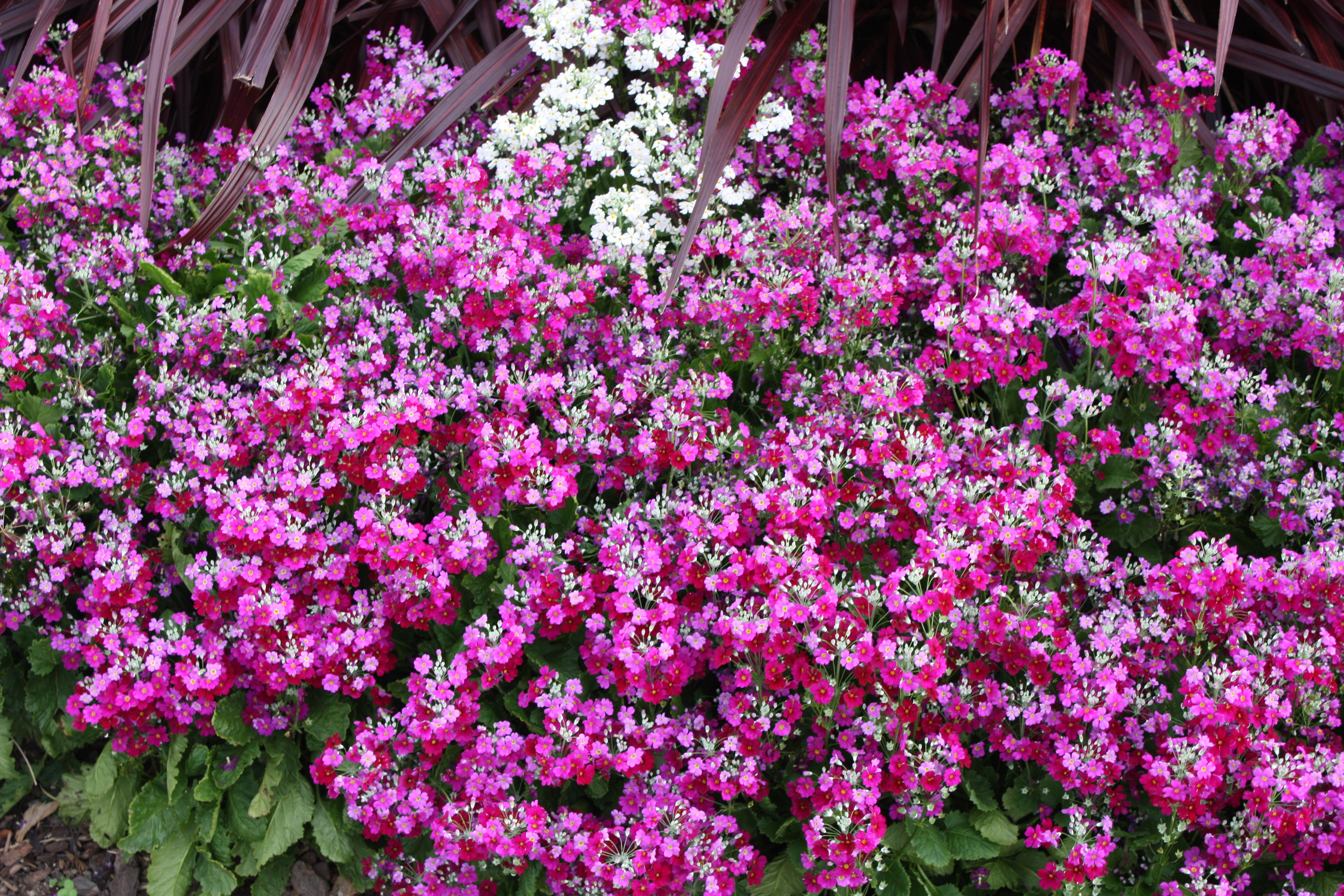
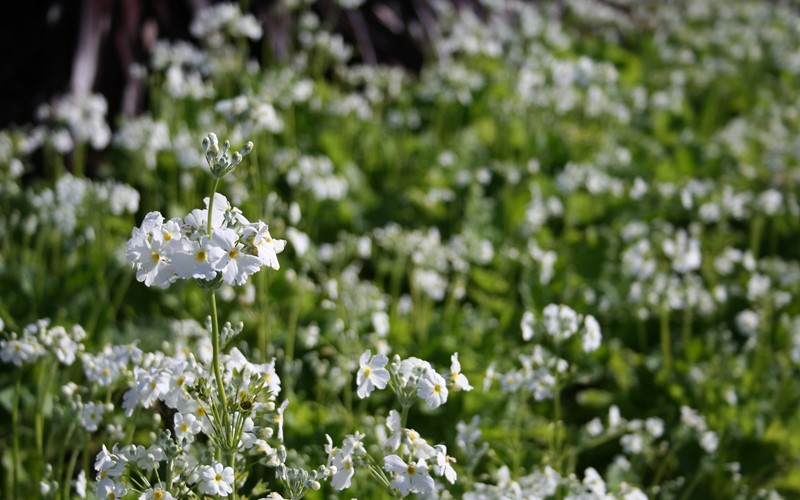
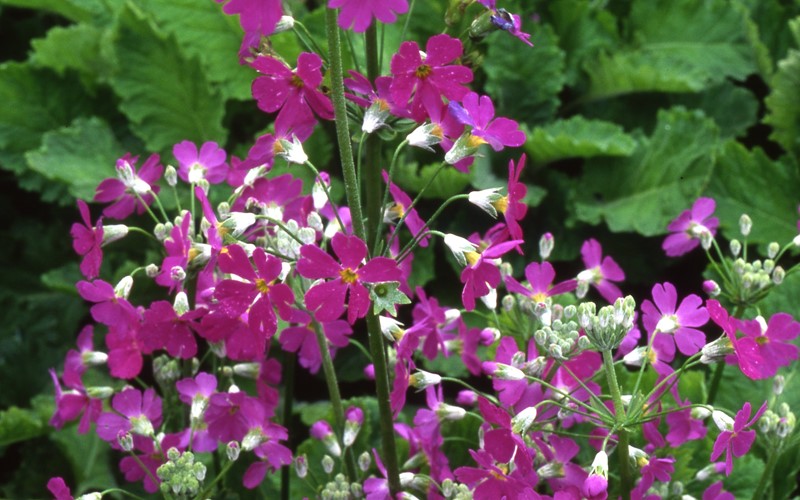
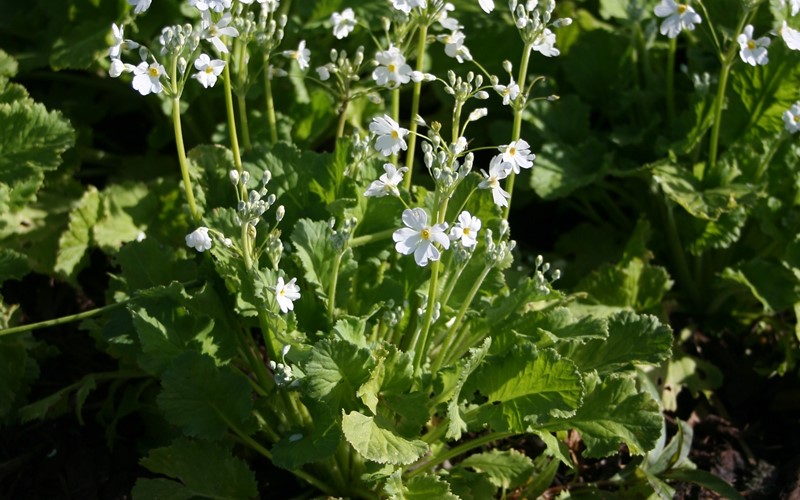
.jpg?center=0.53801169590643272,0.50583657587548636&mode=crop&width=800&height=500&rnd=132076552077670000)
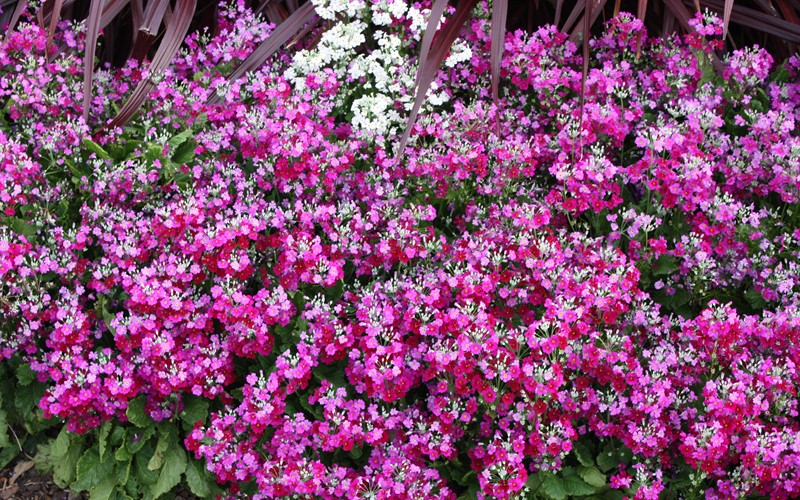
.jpg?anchor=center&mode=crop&width=1200&height=1200&rnd=131732822304530000)
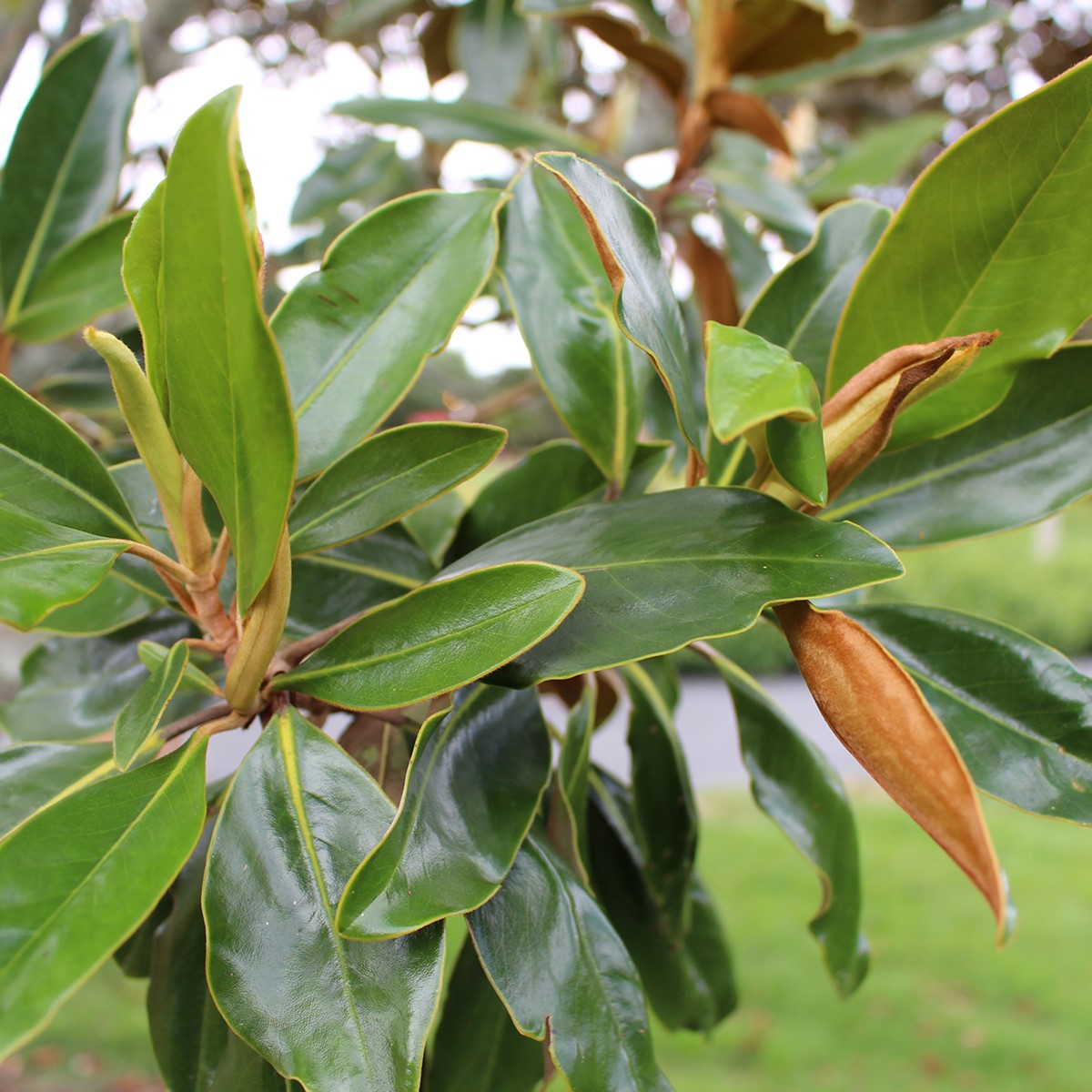
.jpg?anchor=center&mode=crop&width=1200&height=1200&rnd=132106949760530000)
 .jpg?anchor=center&mode=crop&width=1200&height=1200&rnd=131732822977030000)